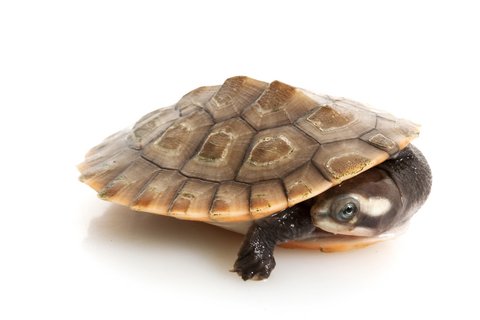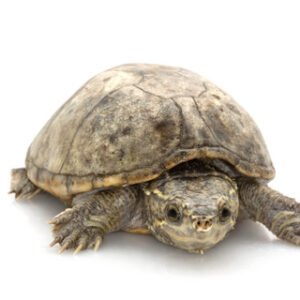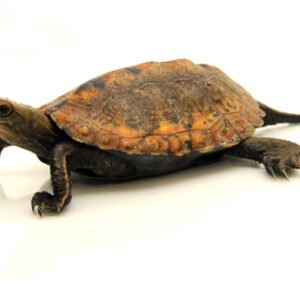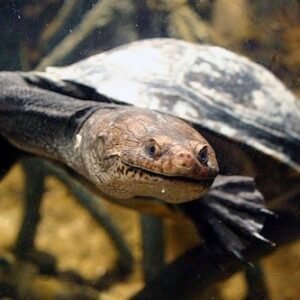Introduction to the Pink Belly Sideneck Turtle
The Pink Belly Sideneck Turtle, scientifically known as Podocnemis expansa, is a captivating species of freshwater turtle that inhabits the river systems of South America, primarily found in regions such as the Amazon Basin. It is a remarkable member of the Podocnemididae family, which is distinguished by the unique morphological traits of its shells and limbs. This turtle species derives its name from the striking pink coloration on its plastron, or underside, which contrasts vividly with its darker carapace. Such distinctive physical characteristics make it easily identifiable among other freshwater turtles.
Adaptations enable the Pink Belly Sideneck Turtle to thrive in diverse aquatic environments. It is primarily found in slow-moving rivers, lakes, and swamps, where its elongated neck and streamlined body assist in maneuvering through the dense vegetation. These turtles are also well-adapted to their habitat, feeding on a diet composed largely of aquatic plants, fruits, and insects, which they forage from both the water’s surface and its submerged layers. This omnivorous diet helps support their growth and metabolic needs in the wild.
Beyond their physical traits, understanding the behavior of the Pink Belly Sideneck Turtle is essential for appreciating its ecological role. These turtles are known for their social nature, often basking in groups on riverbanks or logs during the day to regulate their body temperature. Their nesting behavior is equally fascinating; females typically lay their eggs in sandy riverbanks, a practice that underscores their reliance on their natural habitat for reproduction. The conservation of this species is crucial, given that they face threats from habitat destruction and illegal trade, thereby highlighting the importance of protecting their natural environments for future generations.
Caring for Pink Belly Sideneck Turtles in Captivity
When considering the care of pink belly sideneck turtles in captivity, it is vital to replicate their natural habitat as closely as possible. A well-sized tank is essential; a minimum of 75 gallons is recommended for an adult turtle to provide ample swimming space and a suitable basking area. The tank should have a secure lid to prevent escape, as these turtles are known climbers. Additionally, it is crucial to maintain optimal water quality by utilizing a reliable filtration system. Regular water changes and monitoring parameters such as pH, ammonia, and nitrate levels are necessary to keep the environment healthy.
The substrate should mimic their natural setting. Suitable options include smooth river rocks or sand, as these materials allow for natural behaviors. It is important to ensure that the substrate does not pose a risk of impaction—a common health concern in turtles. Pink belly sideneck turtles require both an aquatic area for swimming and a dry basking area where they can absorb UVB and heat. Providing appropriate lighting, including UVB rays, is critical for their overall health, as it aids in calcium absorption and prevents metabolic bone disease.
Dietary needs are also paramount when caring for pink belly sideneck turtles. These turtles are omnivorous, thriving on a balanced diet that includes high-quality pellets specifically formulated for aquatic turtles, along with fresh greens like collard greens and occasional protein sources such as insects or fish. It is advisable to establish a feeding routine that encourages foraging behavior, fostering a more natural way of obtaining food.
Regular health check-ups are recommended to monitor for common ailments, such as respiratory infections or shell abnormalities. Furthermore, before acquiring a pink belly sideneck turtle, it is essential to understand legal considerations, as certain regulations regarding ownership may apply, depending on local laws.





